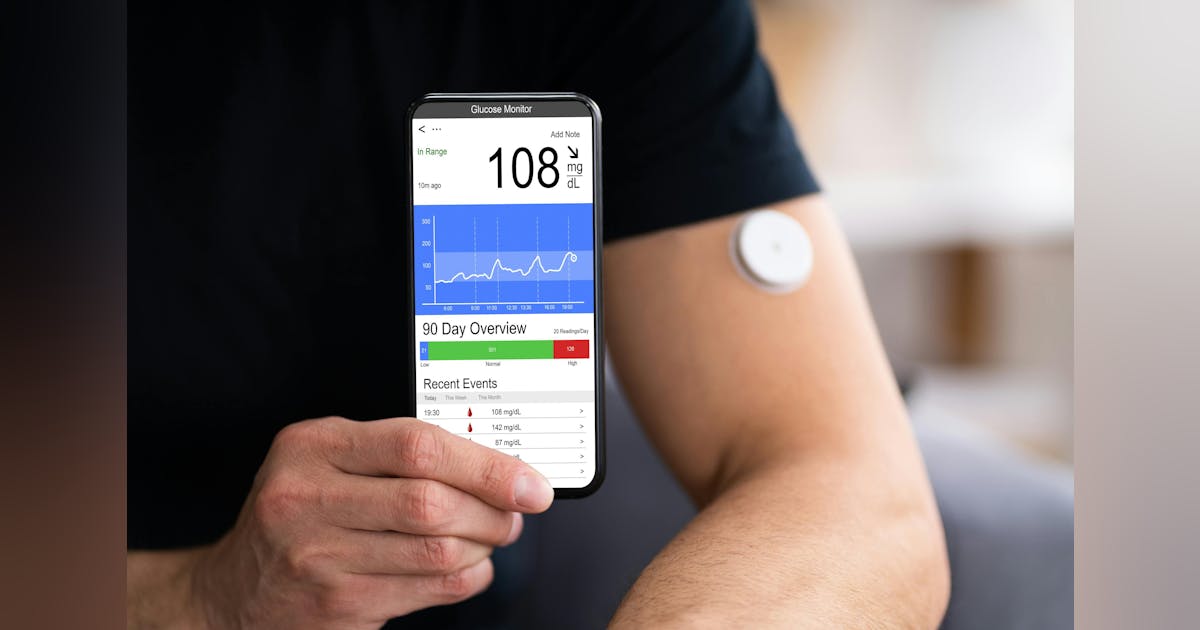A study involving 76 primary care practices in Colorado explored two different approaches to initiating continuous glucose monitor (CGM) use with their diabetic patients.
The study from the University of Colorado Anschutz Medical Campus was published in BMC Primary Care. Some practices chose a self-guided option using educational tools developed by the American Academy of Family Physicians. Others referred patients to a virtual CGM initiation service run by a team of primary care-based healthcare professionals who were part of the research team.
Practices with in-house diabetes care and education specialists, formerly known as diabetes educators, were more likely to choose the self-guided route, while those without specialists preferred the study’s virtual service. Other than this difference, the practices were largely similar.
The researchers found that practices had success with both models in boosting use of CGM.
“This is great news for people with diabetes, especially those who don’t have easy access to a diabetes specialist,” said Kimberly Wiggins, M.A., M.Ed, the lead author on the study, in a statement. “It shows that novel approaches can be developed to share resources, including diabetes care and education specialists, to start patients on CGM and then transition them back to their primary care practice.”
Despite their potential benefits, fewer than half of primary care doctors in the United States have ever prescribed a CGM.
“Our goal was to find practical approaches to help primary care clinics offer CGMs to their patients,” said Tamara Oser, M.D., senior author of the study and professor, in a statement. Oser is director of the Primary Care Diabetes Lab in the Department of Family Medicine at the University of Colorado School of Medicine. “We found that both methods worked. Even clinics without in-house diabetes experts were able to successfully offer CGM by using the remote option.”
Oser noted that this is now the standard of care for many people with type 1 or type 2 diabetes, no matter where they live or what kind of clinic they go to. “This is another huge step in better treatment for the 38 million people living with diabetes in the U.S.,” she added.
